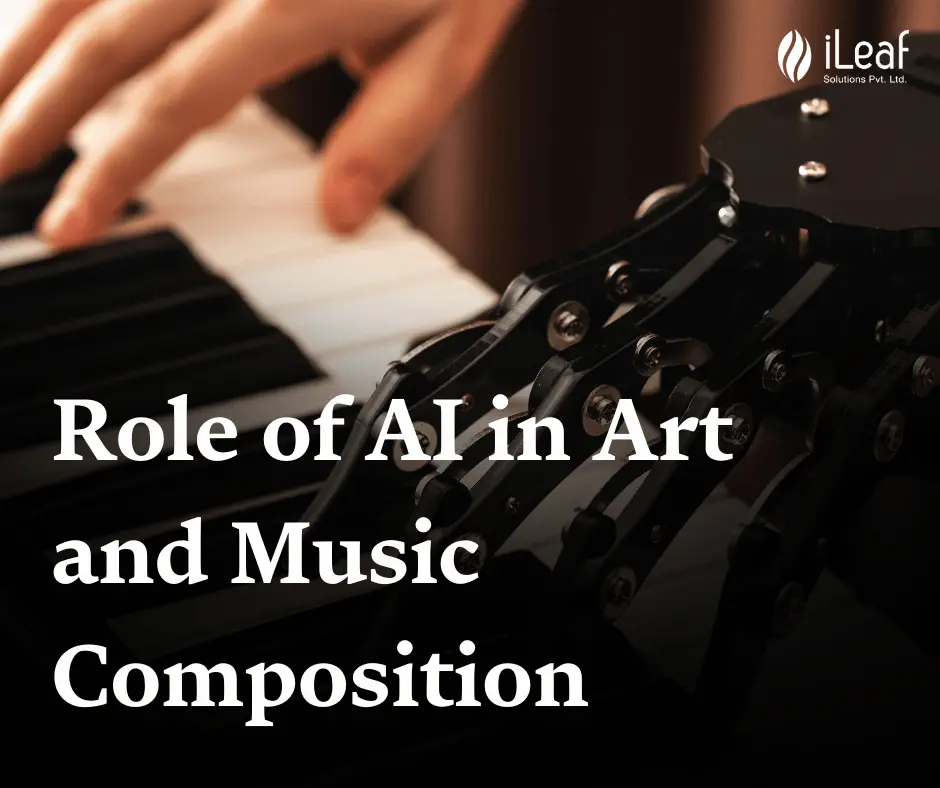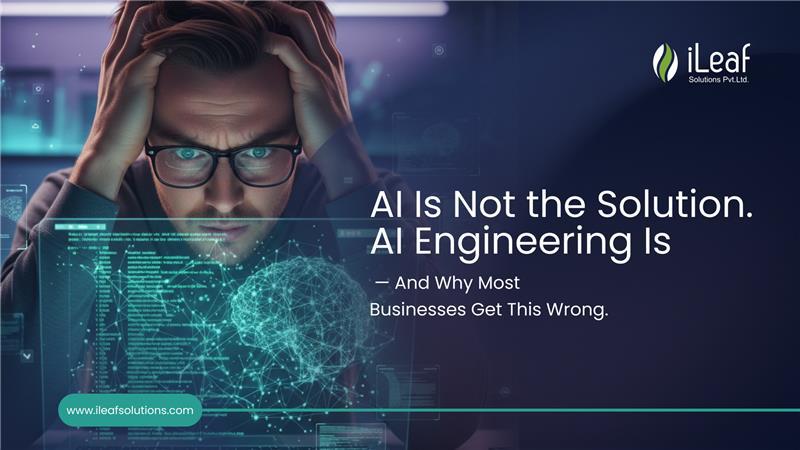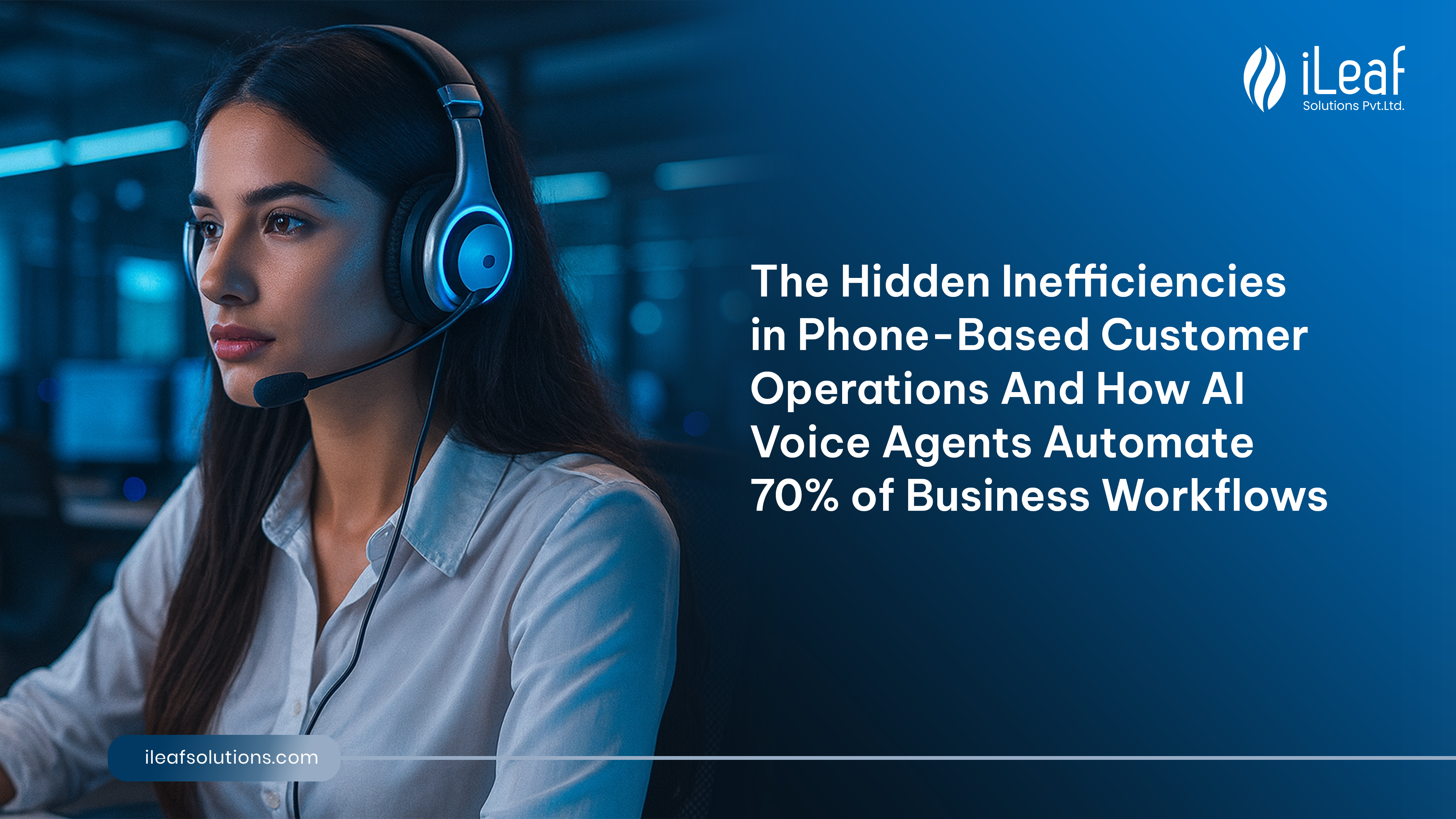Can Machines Be Creative? Exploring AI in Art and Music Composition

Table of Contents
- Introduction
- Defining Creativity and the Role of AI
- The Case for AI Creativity
- The Counterarguments and Limitations
- Finding a Balance: Augmenting Human Creativity
- Ethical Considerations and the Future of AI Creativity
Introduction
The concept of machines generating creative works like art and music has long been a topic of debate. With rapid advancements in artificial intelligence (AI) technology, this discussion has taken on new urgency. AI systems are now capable of composing original music, painting artwork, and even writing stories and poetry. But can these machine creations truly be considered creative, or are they simply sophisticated regurgitations of existing human works?
Defining Creativity and the Role of AI
It's the catalyst for innovation and a driving force behind human expression and progress. Traditionally, we've viewed creativity as an innately human trait, stemming from our unique cognitive abilities, experiences, and emotions.
AI, on the other hand, operates based on machine learning algorithms that analyze vast datasets to identify patterns and generate outputs. This data-driven approach has raised questions about whether AI can genuinely exhibit creativity or merely mimic it through advanced computational power.
The Case for AI Creativity
Proponents of AI creativity argue that machines can indeed be creative, albeit in different ways than humans. They point to the impressive results achieved by AI systems in various creative domains, such as:
Art: AI algorithms like DALL-E and Midjourney can create visually stunning and imaginative artworks based on textual prompts, blending different styles and elements in novel ways.
Music: Systems like MuseNet and Aiva have composed original musical pieces that humans find pleasing and emotionally resonant, sometimes even fooling experts into thinking they were created by humans.
Literature: AI language models like GPT-3 can generate coherent and creative stories, poems, and scripts, demonstrating an ability to manipulate language in innovative ways.
These examples suggest that AI can indeed generate novel and valuable outputs, meeting the definition of creativity. Additionally, some argue that AI's ability to combine and recombine elements from its training data in new ways is a form of creativity in itself, akin to how human creators draw inspiration from their experiences and existing works.
The Counterarguments and Limitations
Critics of AI creativity, however, argue that these machine outputs lack true originality and emotional depth. They contend that AI systems are merely recombining and amplifying existing human works, lacking the genuine spark of human creativity that stems from our consciousness, emotions, and lived experiences.
Furthermore, some argue that AI's dependence on training data inherently limits its creativity, as it can only operate within the confines of the information it has been exposed to. This could lead to biases and limitations in the types of creative works it can produce. Another concern is the potential for AI to perpetuate existing biases and stereotypes present in its training data, potentially leading to offensive or harmful outputs in creative domains like art and literature.
Finding a Balance: Augmenting Human Creativity
Perhaps the most promising path forward lies in viewing AI as a tool to augment and enhance human creativity, rather than replace it entirely. By leveraging the computational power and pattern recognition capabilities of AI, artists and creators can explore new avenues for inspiration and expression.
For example, musicians could use AI systems to generate unique melodic or rhythmic patterns, which they can then refine and shape according to their artistic vision. Writers could employ AI language models to help overcome writer's block or explore different narrative directions. In this collaborative approach, AI acts as a creative partner, providing novel suggestions and ideas that humans can then curate, refine, and imbue with their own personal perspectives and emotional depth.
Ethical Considerations and the Future of AI Creativity
As AI continues to advance, it will be crucial to address ethical considerations surrounding its use in creative domains. Issues of authorship, ownership, and intellectual property rights will need to be navigated, especially when AI contributes significantly to the creative process.
Additionally, efforts must be made to ensure AI systems are trained on diverse and inclusive datasets to avoid perpetuating harmful biases or stereotypes in their creative outputs.
Ultimately, the debate over whether machines can be truly creative may continue, but one thing is clear: AI has already begun to reshape the creative landscape. As we move forward, it will be essential to strike a balance between harnessing the potential of AI while preserving and celebrating the unique spark of human creativity that has driven artistic expression throughout history.














